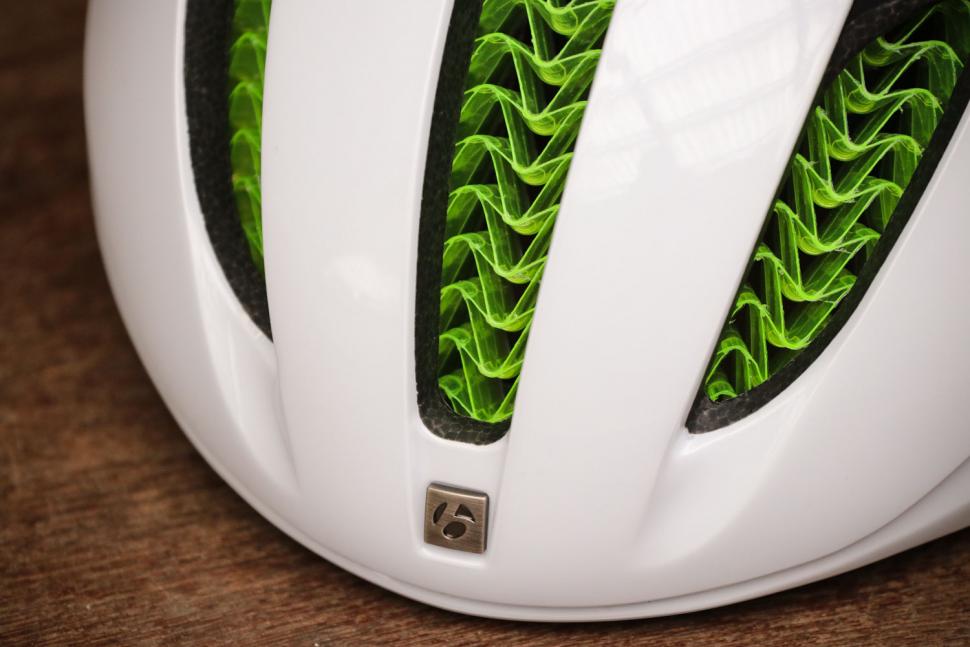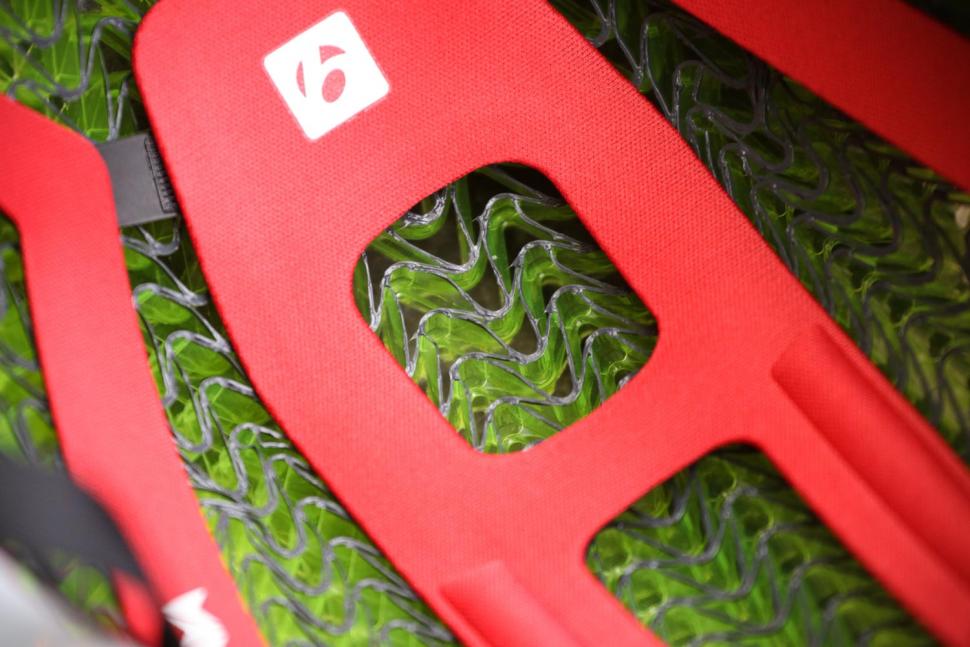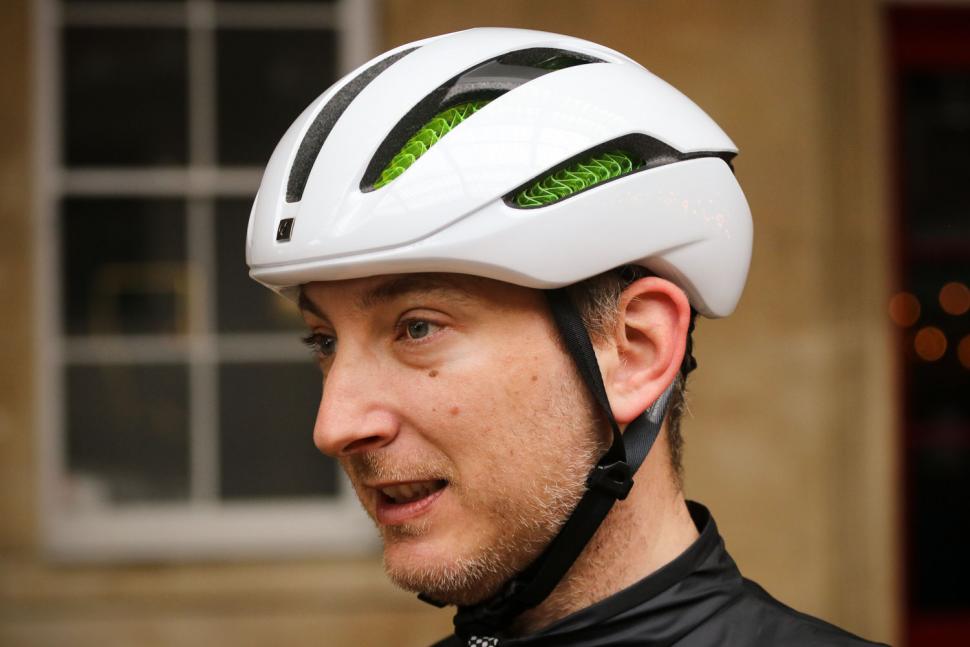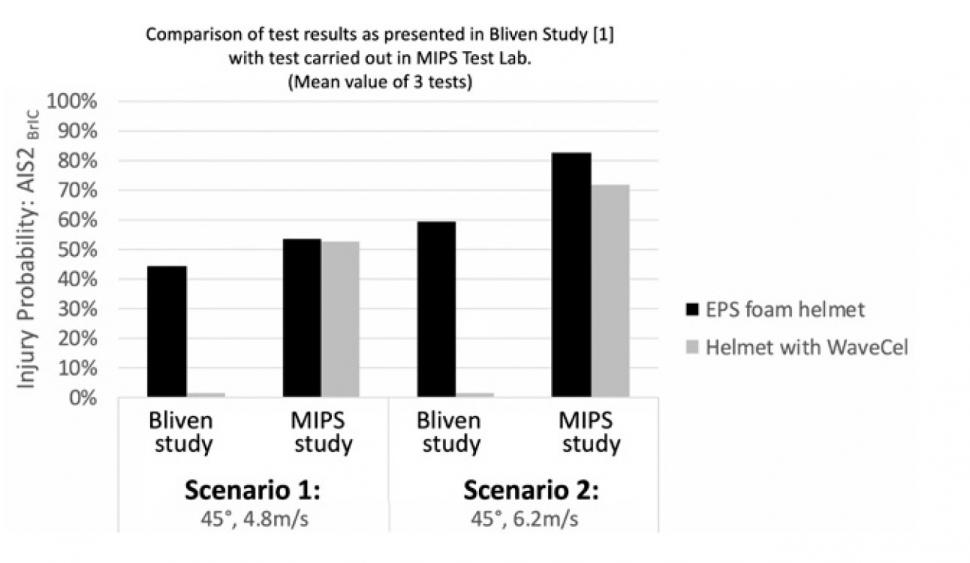- News
- Reviews
- Bikes
- Components
- Bar tape & grips
- Bottom brackets
- Brake & gear cables
- Brake & STI levers
- Brake pads & spares
- Brakes
- Cassettes & freewheels
- Chains
- Chainsets & chainrings
- Derailleurs - front
- Derailleurs - rear
- Forks
- Gear levers & shifters
- Groupsets
- Handlebars & extensions
- Headsets
- Hubs
- Inner tubes
- Pedals
- Quick releases & skewers
- Saddles
- Seatposts
- Stems
- Wheels
- Tyres
- Tubeless valves
- Accessories
- Accessories - misc
- Computer mounts
- Bags
- Bar ends
- Bike bags & cases
- Bottle cages
- Bottles
- Cameras
- Car racks
- Child seats
- Computers
- Glasses
- GPS units
- Helmets
- Lights - front
- Lights - rear
- Lights - sets
- Locks
- Mirrors
- Mudguards
- Racks
- Pumps & CO2 inflators
- Puncture kits
- Reflectives
- Smart watches
- Stands and racks
- Trailers
- Clothing
- Health, fitness and nutrition
- Tools and workshop
- Miscellaneous
- Buyers Guides
- Features
- Forum
- Recommends
- Podcast
TECH NEWS
 Bontrager XXX WaveCel helmet - back close up.jpg
Bontrager XXX WaveCel helmet - back close up.jpgMIPS says WaveCel helmet results far below Bontrager's claims
Helmet ingredient brand MIPS says that Bontrager's WaveCel helmets perform far less impressively in safety tests than is claimed, and believes that the equipment chosen for lab evaluation could be responsible for overstated benefits.
Okay, so where the dickens did we get to in this safety saga?
First, Bontrager announced its new lineup of WaveCel helmets on 19th March, claiming that WaveCel is "proven to be up to 48 times more effective than standard EPS (expanded polystyrene) foam at preventing concussions from common cycling accidents".
Then MIPS said that its preliminary test results did not substantiate the safety claims made by Bontrager, and promised to publish the results of further tests when they were complete.
Find out all you need to know about MIPS
Then Koroyd, the brand behind the co-polymer tube structure you see in helmets from Smith and Endura, pitched in, voicing scepticism at Bontrager's safety claims.
Then nothing happened for a few days – in public, at least. And now MIPS has finished its testing and come back. Here you go...
"Bontrager made significant claims about the efficacy of its licensed technology, stating that it’s 'up to 48 times more effective at preventing concussions' than a regular EPS helmet," says MIPS. "Furthermore, Bontrager claimed that 'adding the WaveCel technology reduced [the incidence of concussion] to 1.2%,' and... said that 'nearly 99 out of 100 times, WaveCel can help prevent concussions.'
"Such claims are impossible to make as no two crashes are the same and no two people are the same. However, rotational motion itself can be measured objectively, so that is the metric MIPS reports and addresses.
"MIPS tested the helmets with commonly used test methods for helmets in angular fall and following the same test protocol as WaveCel. When tested at the speed of 4.8m/s MIPS found no difference in risk injury reduction between helmets equipped with WaveCel and those helmets just equipped with EPS foam. In the 6.2m/s impact case, there was a slight reduction, but not consistent with the communicated claims."
4.8m/s is roughly 10.7mph and 6.2m/s is roughly 13.9mph.
"One possible reason for the very different results could be that WaveCel used the so called HIII dummy neck in its test," says MIPS.
Uh-oh! New jargon alert! When helmets are tested, they are fitted to a dummy headform and dropped onto an anvil from a specific height. MIPS is questioning the equipment used in WaveCel's own testing.
The testing methods are described in the paper Evaluation of a novel bicycle helmet concept in oblique impact testing, written by a research team that includes orthopaedic surgeon Dr Steve Madey and biomechanical engineer Dr Michael Bottlang who invented the technology (MIPS refers to this paper as the Bliven study).
The paper refers to the use of a Hybrid III (HIII) anthropomorphic headform and a Hybrid III neck, which can be attached to the headform.
"The use of this neck for oblique helmet testing has been questioned and the HIII dummy neck isn’t used by Virginia Tech, MIPS nor FIM (Fédération Internationale de Motocyclisme) in their testing protocols," says MIPS.
"The HIII dummy neck was designed for automotive crash testing. It was neither developed nor validated for compressive loading as used in the Bliven study. The neck has been found to be too stiff in compression in several independent studies*. For this reason, the test setup used in the Bliven study must be questioned and MIPS didn’t use the HIII dummy neck in the comparative test to keep the test as close to an industry standard as possible."
MIPS' results are given above and refer to an AIS 2 (BrIC) injury. AIS is short for Abbreviated Injury Scale and BrIC means brain injury criteria. AIS 2 refers to a moderate injury.
Despite saying that its testing for the effects of angular falls is as close to an industry standard as possible, MIPS acknowledges that there is no such thing as a true industry standard. Indeed, it believes this to be a big problem.
"While MIPS finds it encouraging that more and more helmet brands are acknowledging the importance of reducing the effects of the damaging rotational motion, it is concerned that there is still a lack of an industry-wide standard from third party testing organisations to ensure accurate information for consumers," says MIPS. "The lack of a standard increases the risk of unsubstantiated claims which could cause consumer confusion and in worst case put consumers at risk."
*Those studies are:
Herbst B, Forrest S, Cheng D. Fidelity of anthropometric test dummy necks in rollover accidents. Biomechanics Institute. United States. Paper Number 98-S9-W-20.
Sances AJ, Carlin F, Kumaresan S. Biomechanical analysis of head-neck force in hybrid III dummy during inverted vertical drops. Biomed. Sci. Instrum 38:459-464, 2002.
Toomey DE, K. H. Yang and C. A. Van Ee. The Hybrid III Upper and Lower Neck Response in Compressive Loading Scenarios With Known Human Injury Outcomes. Traffic Injury Prevention. 15, S223–S230. 2014
Mat has been in cycling media since 1996, on titles including BikeRadar, Total Bike, Total Mountain Bike, What Mountain Bike and Mountain Biking UK, and he has been editor of 220 Triathlon and Cycling Plus. Mat has been road.cc technical editor for over a decade, testing bikes, fettling the latest kit, and trying out the most up-to-the-minute clothing. He has won his category in Ironman UK 70.3 and finished on the podium in both marathons he has run. Mat is a Cambridge graduate who did a post-grad in magazine journalism, and he is a winner of the Cycling Media Award for Specialist Online Writer. Now over 50, he's riding road and gravel bikes most days for fun and fitness rather than training for competitions.




Still here, just showing a few signs of wear and tear. Hopefully still serviceable for some years to come.
Oxfordshire village building car crash near Witney...
Has he fully recovered though, and will he ever?...
How can you know that you are "equally fearful" as "any female cyclist"? There is no possible way of quantifying such emotions and female cyclists...
I think it would be fairer to blame the moon - as in "my client is a loony".
Nice idea but Gloucestershire Constabulary are not interested as exemplified by this prvious NMOTD. Not only was there NFA for the close pass in...
Peace Was Never An Option
I think black boxes are great for early detection of cognitive decline and/or sight problems. Someone's driving is going to become much less smooth...
It's a fashion. https://guildford-dragon.com/shalford-driver-who-smashed-shalford-war-me...
Robin Phans .....